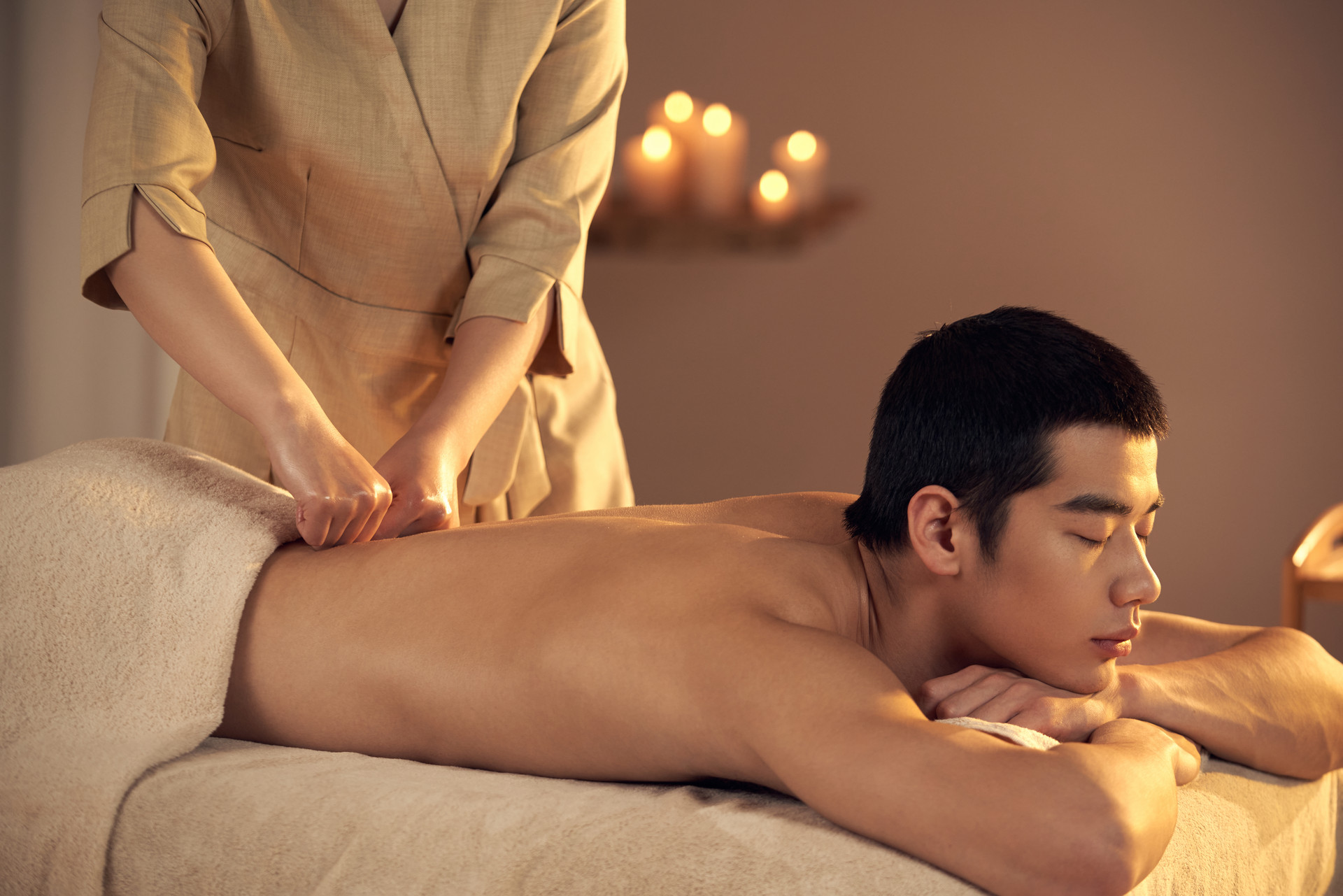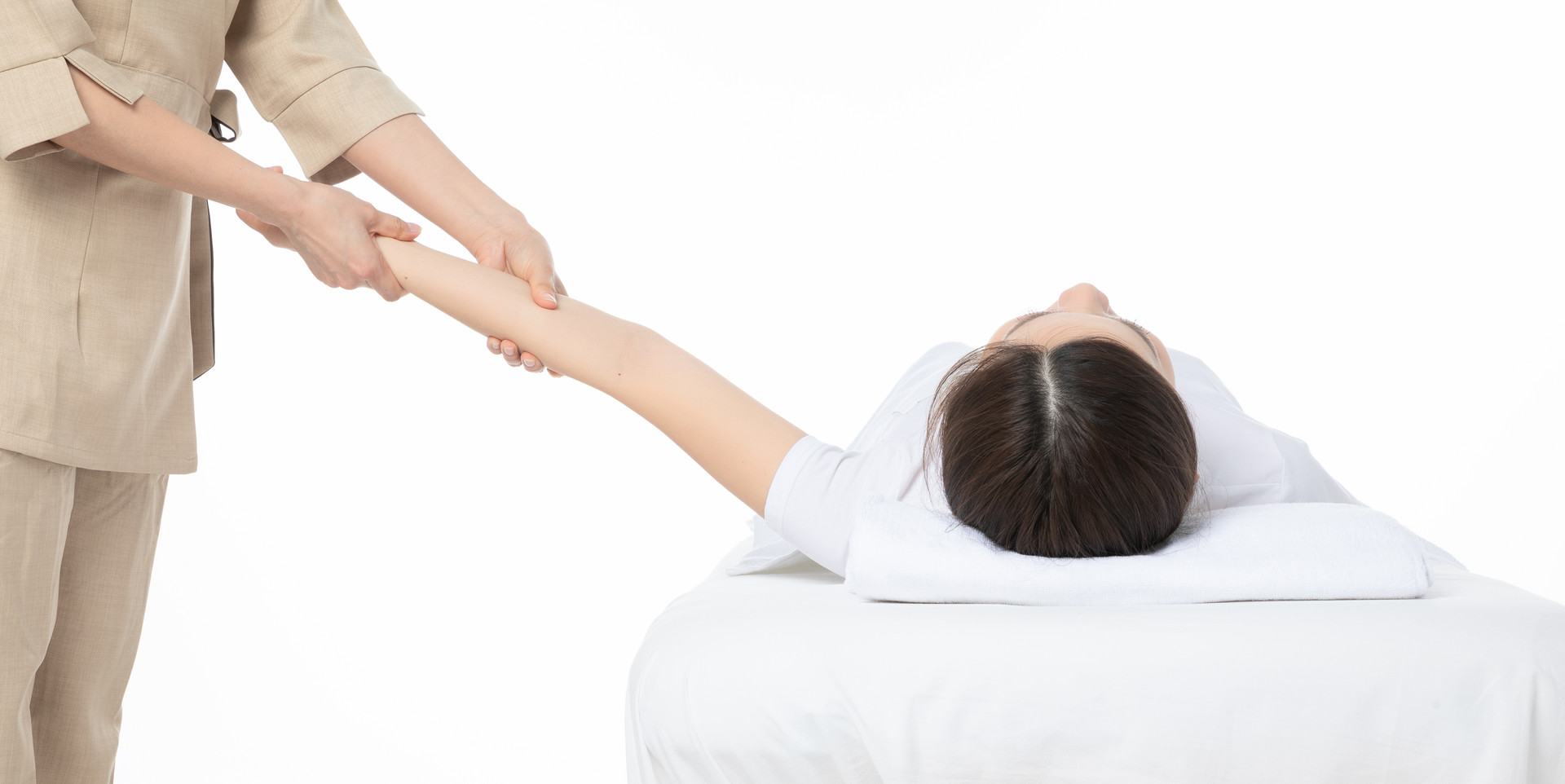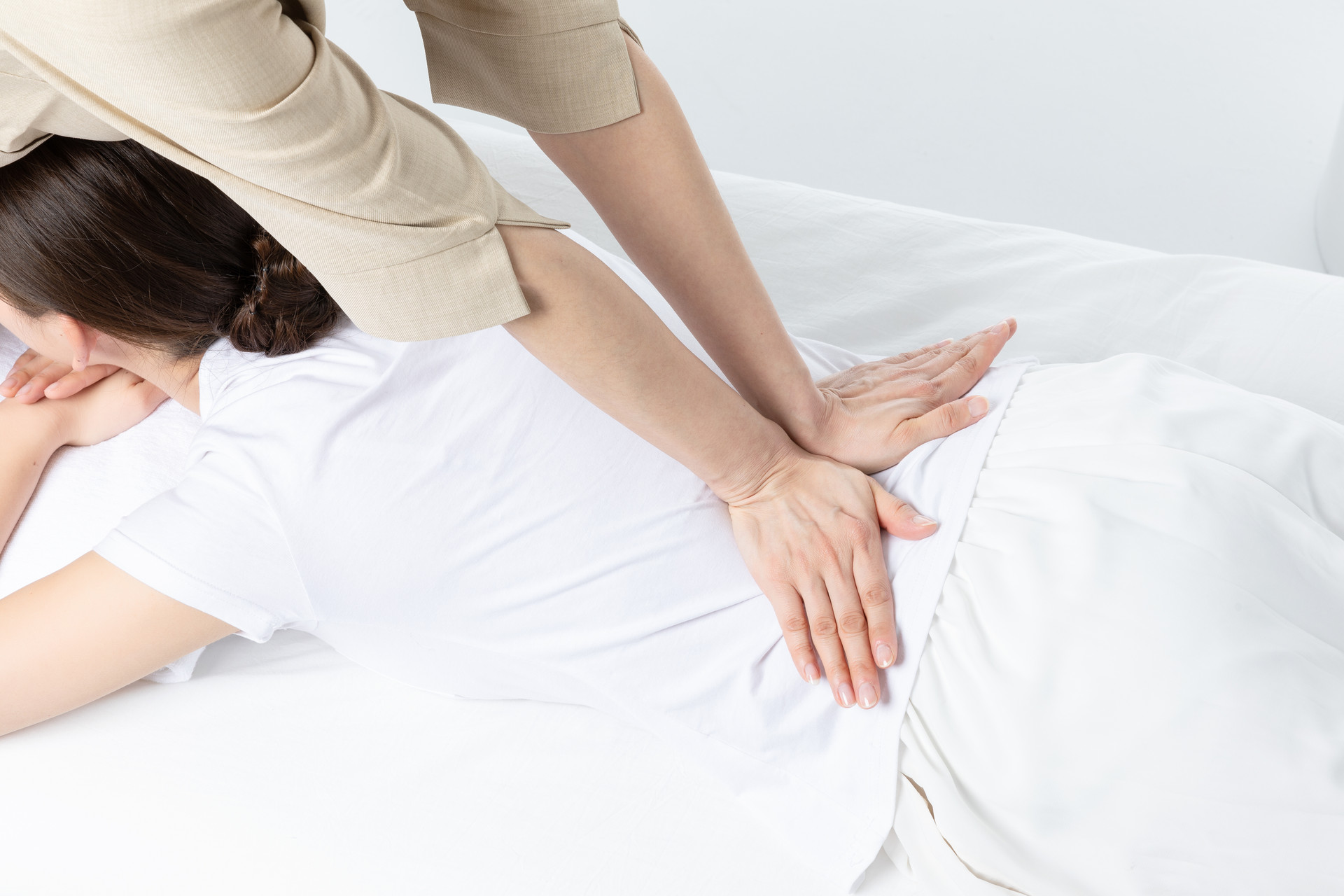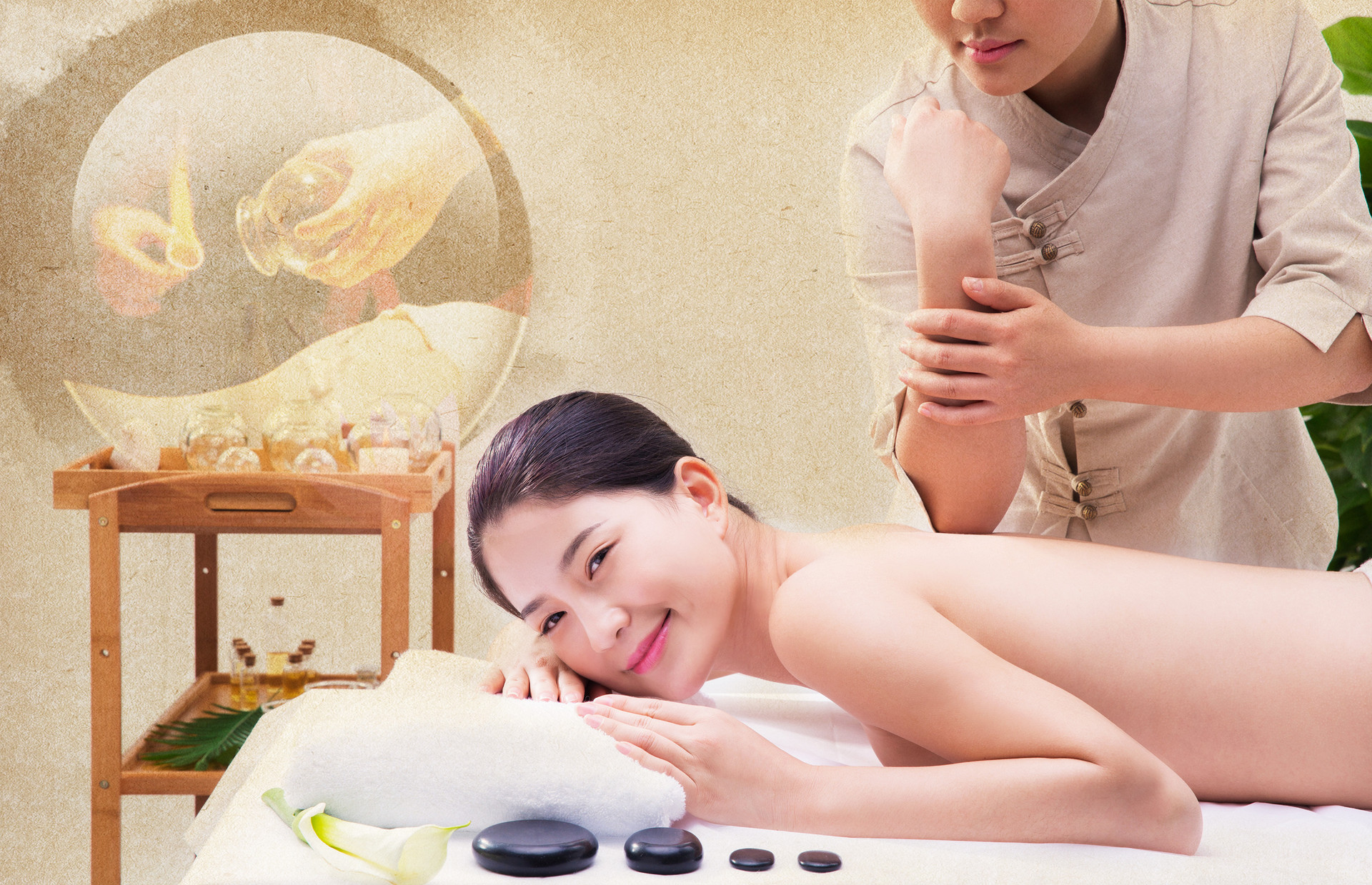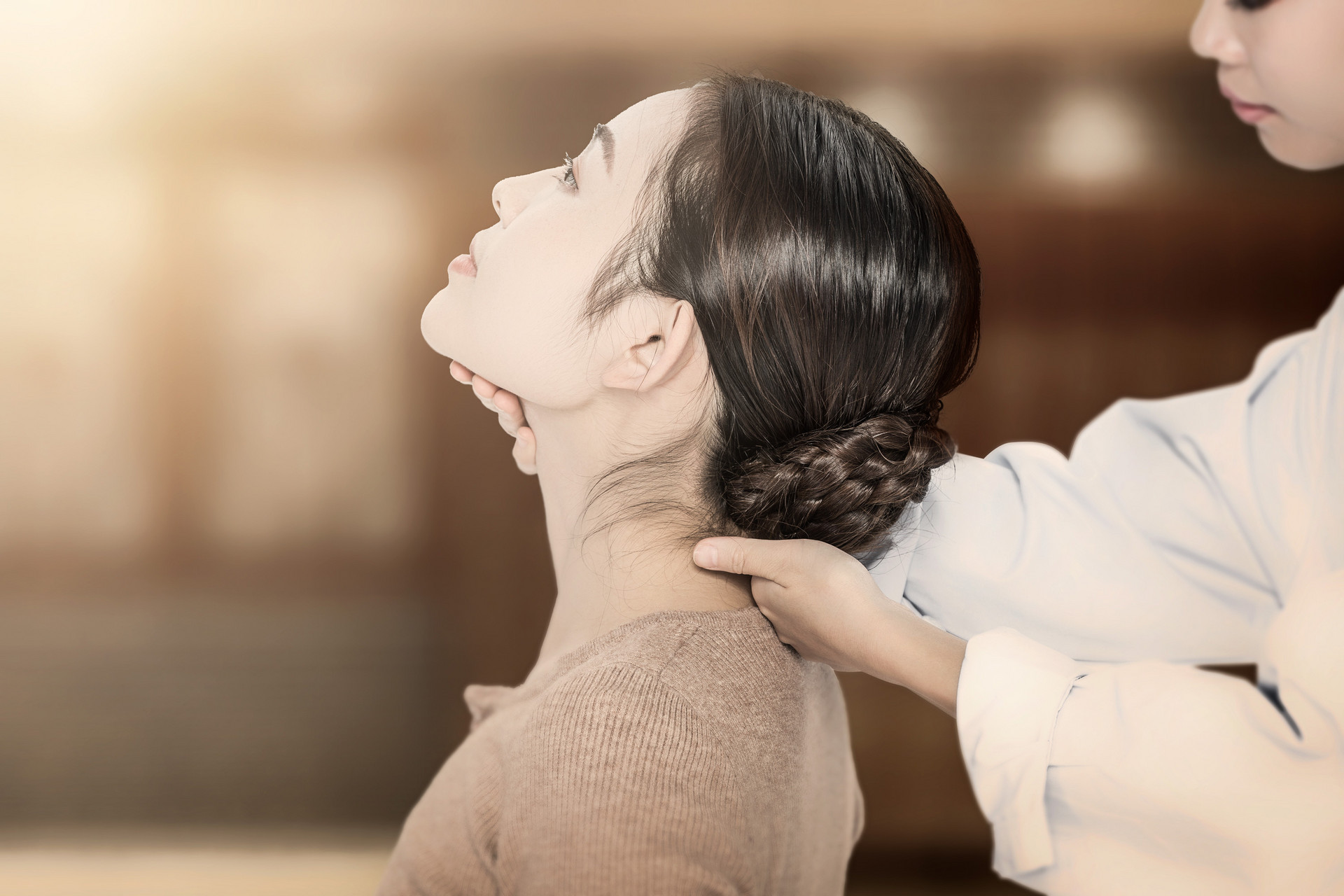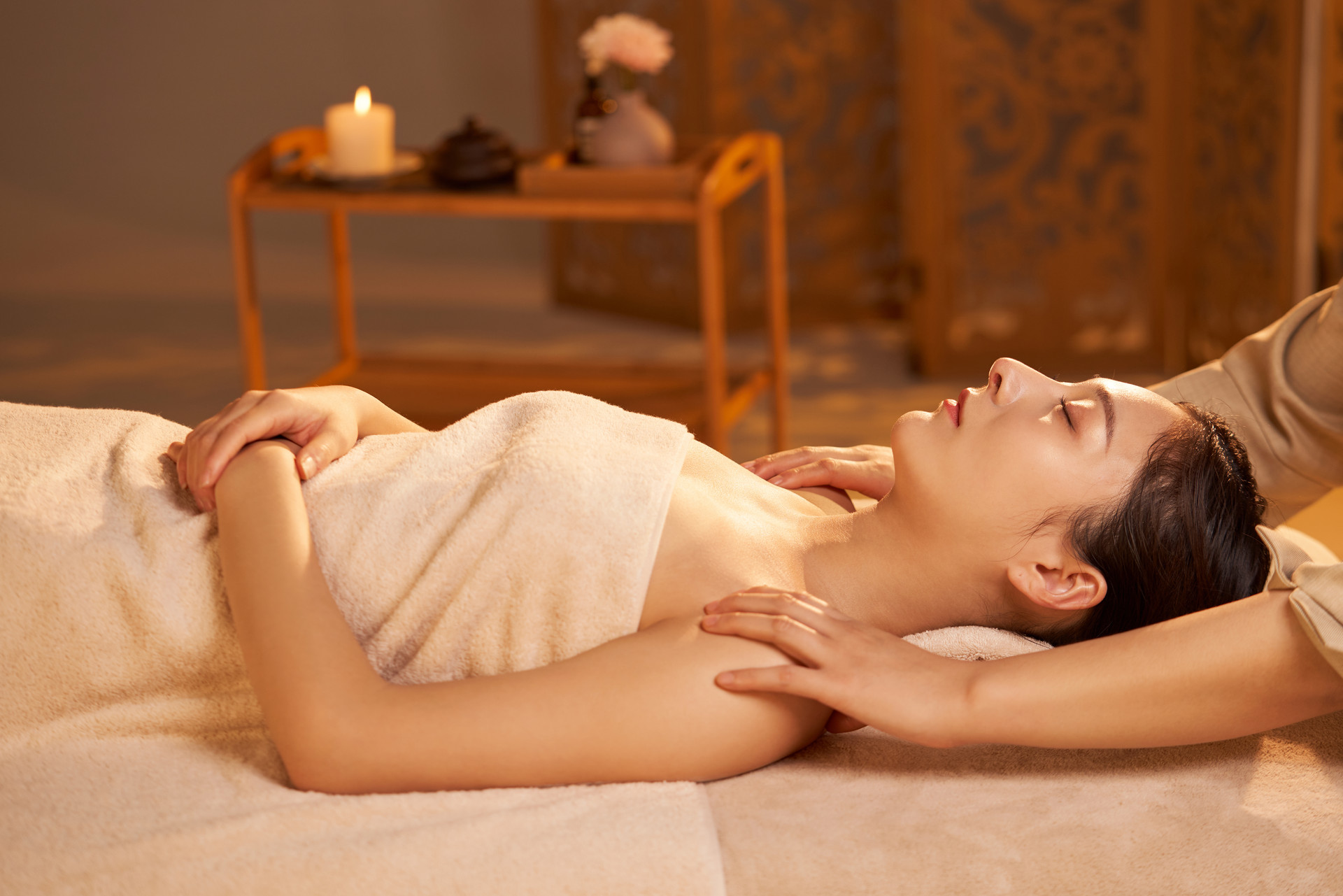Operation Requirements
The therapist should sit upright with the chest lifted and the lower back straight, avoiding a hunched or slouched posture. Both feet should be placed flat on the ground, shoulder-width apart. When standing, the therapist should maintain a standard posture with a "T"-shaped stance.
Relaxed Shoulders: The shoulder muscles should be relaxed, hanging naturally, with the shoulder joints slightly extended forward and outward by 15°~30°. This allows enough space under the armpits to fit a fist.
Lowered Elbows: The elbows should naturally hang down from the shoulders, supported by the thumbs. The elbow joint should be flexed at 90°~120°, pointing downward and positioned lower than the wrist joint. The forearm should be in a pronated position, with the palm facing downward.
Hanging Wrists: The wrists should hang naturally in a flexed position, with the angle between the distal end of the radius and the base of the first metacarpal bone at the wrist joint being 90°~110°. The radial side of the wrist should be slightly higher than the ulnar side.
Relaxed Palm: The four fingers, excluding the thumb, should be naturally flexed, holding an empty fist without gripping tightly.
Applied Thumb: The thumb should be positioned between the second interphalangeal joint of the index finger, covering the thenar eminence. The thumb's ridged surface or the tip should stably support the acupuncture point being treated, with the thumb's longitudinal axis perpendicular to the treatment area.
Action Process
Step 1: Prepare the posture with hanging wrists and an empty fist grip, applying natural pressure with the thumb.
Step 2: Straighten the thumb (from a flexed to an extended position) while swinging the wrist outward.
Step 3: Bend the thumb (from an extended to a flexed position) while swinging the wrist inward.
Action Essentials
The swinging frequency for this technique is generally around 140-160 times per minute. The inward and outward swings should be natural, smooth, and steady, without any jerking movements. The application of force should be both gentle and firm, with an emphasis on softness. It should be light but not floating and heavy but not stagnant. During the operation, attention should be paid to avoid shrugging the shoulders or squeezing the armpits. The thumb and the flexed index finger should not be clenched tightly, and the other four fingers should not grip tightly. The wrist and thumb should not rotate during the swinging motion. The thumb should always "suck onto" the treatment area and should not drag or rub against the surface of the skin. This achieves the requirement of "stability and adherence" to the endpoint.
Clinical Application
This technique is suitable for various parts of the body, especially the head and abdomen. It is commonly used for the treatment and healthcare of diseases such as coronary heart disease, stomach pain, headaches, facial paralysis, myopia, irregular menstruation, cervical spondylosis, and arthritis.




